To Boston and Back
A history of the psychedelic ’60s
By Stephen E. Smith
The stoner who said “If you remember the ’60s, you weren’t really there” got it wrong. Most of us who lived through those times recall what went down, even if we did inhale. But if your memory is less than eidetic, Ryan H. Walsh’s Astral Weeks: A Secret History of 1968 is an engrossing aide-mémoire, a jumbled catchall of social upheavals and artistic convergences that occurred in Boston half a century ago.
Walsh focuses on two narrative threads, one societal and the other musical, that evolved in parallel. The first is the founding of Mel Lyman’s Fort Hill Community, variously identified as a commune, cult or family; and the other is Van Morrison’s mystic stream-of-consciousness song cycle Astral Weeks recorded while the Irish blues rocker was hiding out in Beantown. Both events, although unrelated, had a transmutative effect on a flower-power generation searching for “peace and love” and alternative lifestyles.
Walsh begins with the not-so-secret culture-shifting decision by Bob Dylan to electrify his backup band and crank out a high-decibel version of “Like a Rolling Stone” at the 1965 Newport Folk Festival. Members of the audience still debate whether Dylan was greeted with widespread booing, but Walsh maintains the crowd was exiting in a funk when harmonica player Mel Lyman took the stage and intoned a 20-minute dirge-like rendition of “Rock of Ages.” Lyman was a member of Jim Kweskin’s Jug Band, a Boston group that had achieved modest national success. By 1966, he’d emerged as the charismatic leader of a community that squatted in abandoned houses in the Fort Hill section of Roxbury.
Lyman had drifted from California to North Carolina (he learned to play banjo from Asheville’s Obray Ramsey) and settled in Boston, attracting a coterie of subservient followers. His Fort Hill Community was no run-of-the-mill hippie commune. Daria Halprin and Mark Frechette, the stars of Michelangelo Antonioni’s film Zabriskie Point; Paul Williams, the publisher of Crawdaddy magazine; musician Jim Kweskin; Jessie Benton, the daughter of Thomas Hart Benton; two children of the novelist Kay Boyle; and Owen DeLong, a speechwriter for Robert Kennedy, were all active members of the Fort Hill family.
Lyman asserted complete control over community members and employed LSD trips, astrological readings and physical intimidation to maintain discipline. Members remodeled dilapidated dwellings and distributed the counterculture biweekly newspaper Avatar to support themselves. The cult’s sole purpose was to serve Mel Lyman and his creative enterprises, and in 1973, Frechette and two other members of the family attempted, ostensibly at Lyman’s bidding, to rob a Roxbury bank to fund a film project. One member was killed by police, and Frechette was sentenced to prison, where he died under suspicious circumstances. Walsh delves into the cult’s internal disputes, most of which concerned the content and publication of Avatar, and he details the less seemly workings of the Fort Hill Community, branches of which are still active in Boston, Los Angeles and Kansas. What became of Mel Lyman is a mystery. It was reported that he died in 1978, but no death certificate is known to exist.
The second thread of Walsh’s secret history traces singer-songwriter Van Morrison’s gradual rise to national prominence via his recording of Astral Weeks, a 1968 Warner Brothers release that went unnoticed at the time but has since achieved cult status. Morrison had first emerged on the music scene as the lead singer of the Belfast band Them, who charted with “Gloria” and “Here Comes the Night.” Morrison had a 1967 solo hit with “Brown-Eyed Girl,” but he’d made a bad business decision, signing with Bang Records, a company with mob connections. Warner Brothers had to buy out Morrison’s contract, and the singer moved from New York to Boston with his girlfriend Janet Rigsbee (aka Janet Planet), where he began composing the songs for Astral Weeks and playing rock clubs, high school gyms, roller rinks and amusement parks across New England with a group of local musicians known collectively as the Van Morrison Controversy.
To record Astral Weeks, Morrison traveled from Boston to New York and laid down the tracks backed by jazz pros who’d never heard of the 22-year-old singer-songwriter wailing away in the vocal booth. Morrison never spoke to the studio musicians, but guitarist Jay Berliner, drummer Connie Kay, vibraphonist Warren Smith and bassist Richard Davis (the name of the flutist is lost to history) provided the backing that helped bring Morrison’s lyrics to life. The songs are about childhood, death and rebirth, and in “Madame George,” “Cyprus Avenue,” “Astral Weeks,” “Slim Slow Slider,” “Sweet Thing” and “Beside You,” Morrison’s craggy voice rings with a coarse authenticity. Astral Weeks has survived and sweetened over the years, and Walsh’s thorough investigation of the recording process reveals the inner workings of the musical experience without diminishing the album’s subtle ability to mesmerize listeners.
A slew of pop culture luminaries make brief appearances in Walsh’s history: Lou Reed of the Velvet Underground; Peter Wolf, future front man of the J. Geils Band; bluesman Howlin’ Wolf; singer-songwriter Jonathan Richman; Tufts University Shakespeare scholar David Silver; LSD guru Timothy Leary; and others. Since video and audio recordings of most of the principals exist, readers can access images of the characters and hear the crazy ideas they espoused. Dick Cavett’s painfully uncommunicative interview with Daria Halprin and Mark Frechette can be viewed on YouTube, and the album Astral Weeks is streamable on internet devices, as are numerous recordings of Mel Lyman, including his Newport Folk Festival “Rock of Ages” performance and eerie album cuts featuring Lyman and the Fort Hill Community. Jim Kweskin’s America Co-Starring Mel Lyman and the Lyman Family is available on CD. Fifty years out, a replay of these historic recordings in conjunction with a reading of Walsh’s detailed history will remind readers that the Grateful Dead had it right all along: “What a long strange trip it’s been.” PS
Stephen E. Smith is a retired professor and the author of seven books of poetry and prose. He’s the recipient of the Poetry Northwest Young Poet’s Prize, the Zoe Kincaid Brockman Prize for poetry and four North Carolina Press awards.

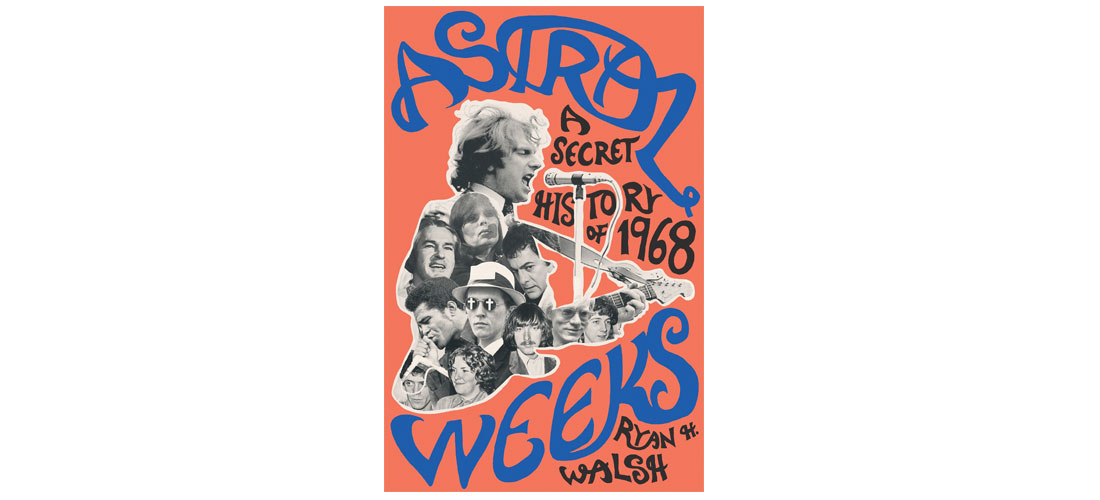
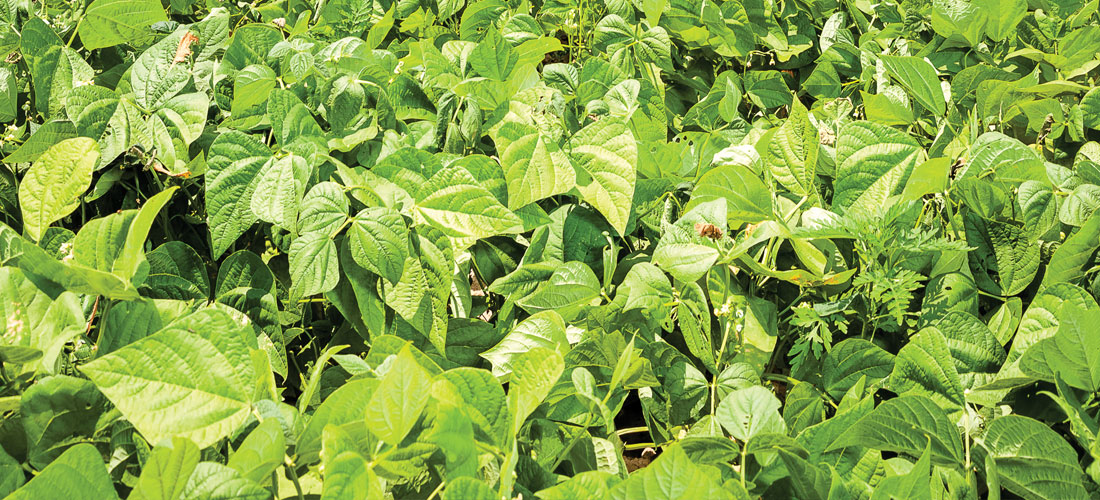
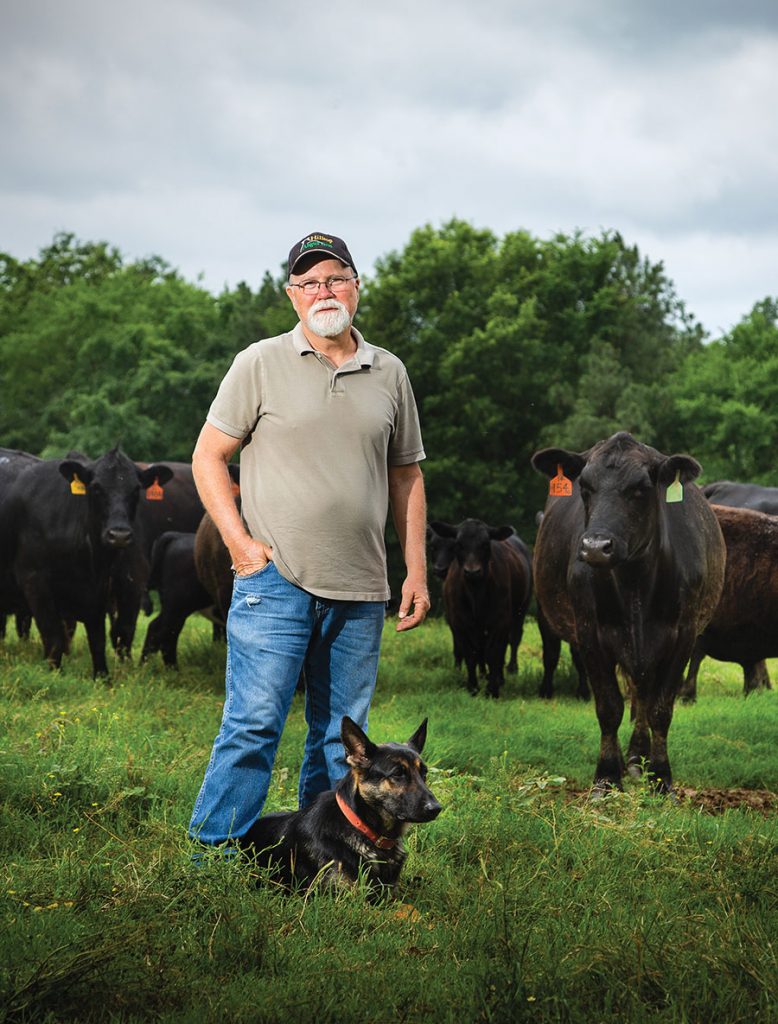 Dale Thompson
Dale Thompson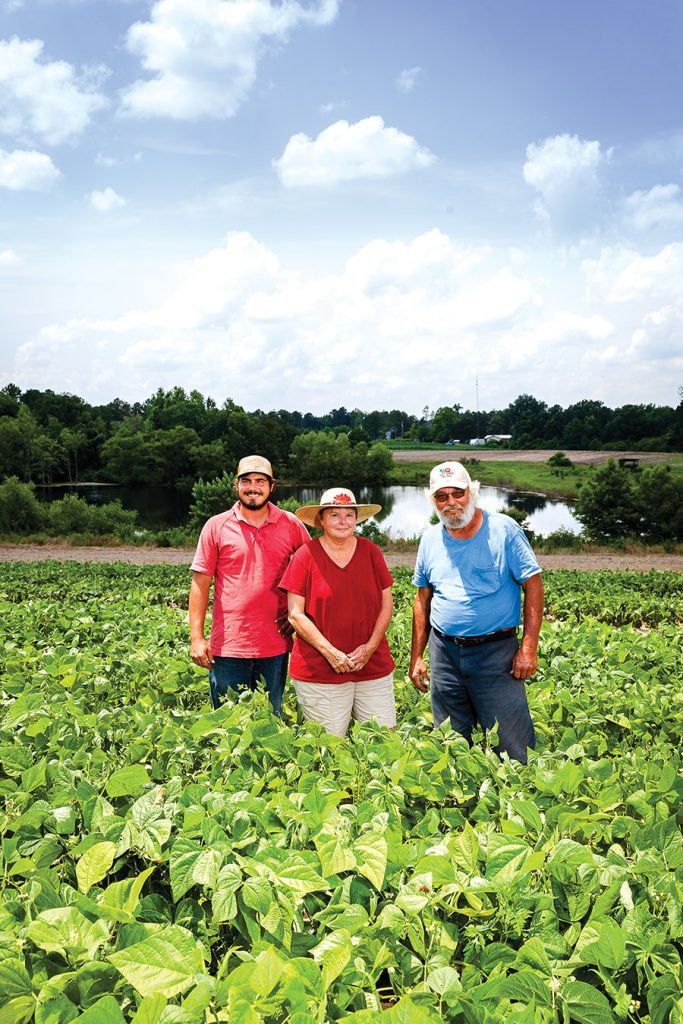 Ben, Jane and Gary Priest
Ben, Jane and Gary Priest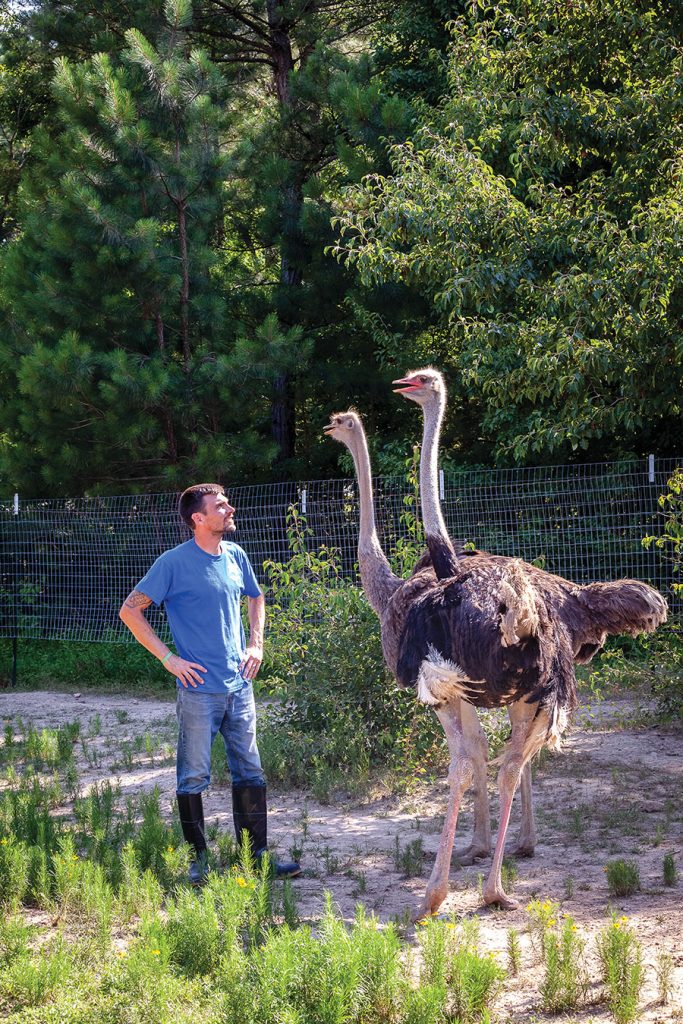 Ryan Olufs
Ryan Olufs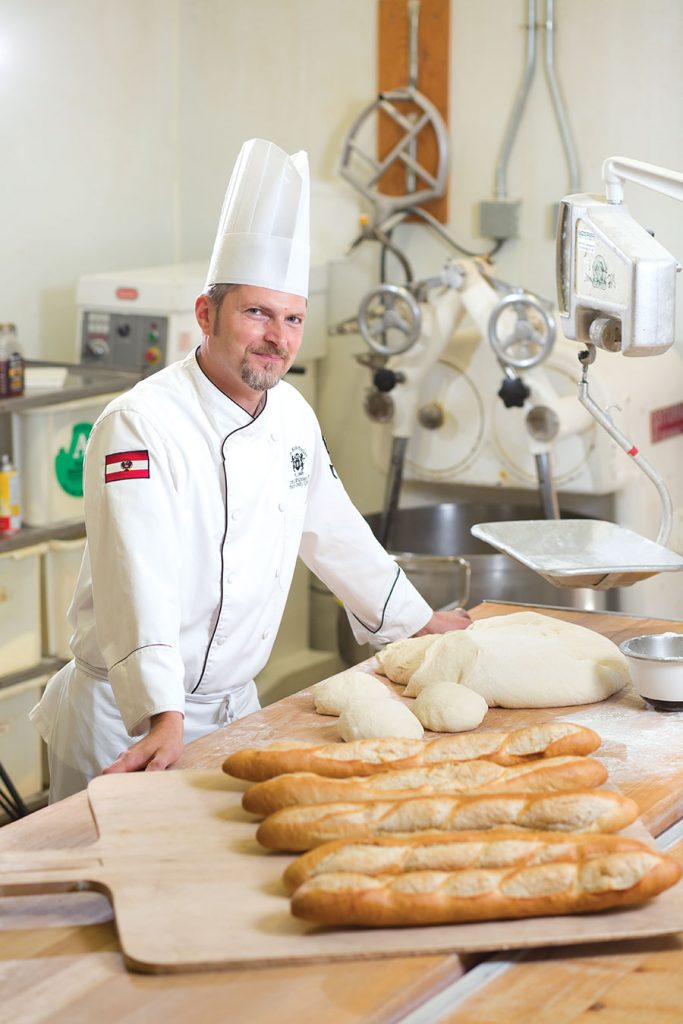 Martin Brunner
Martin Brunner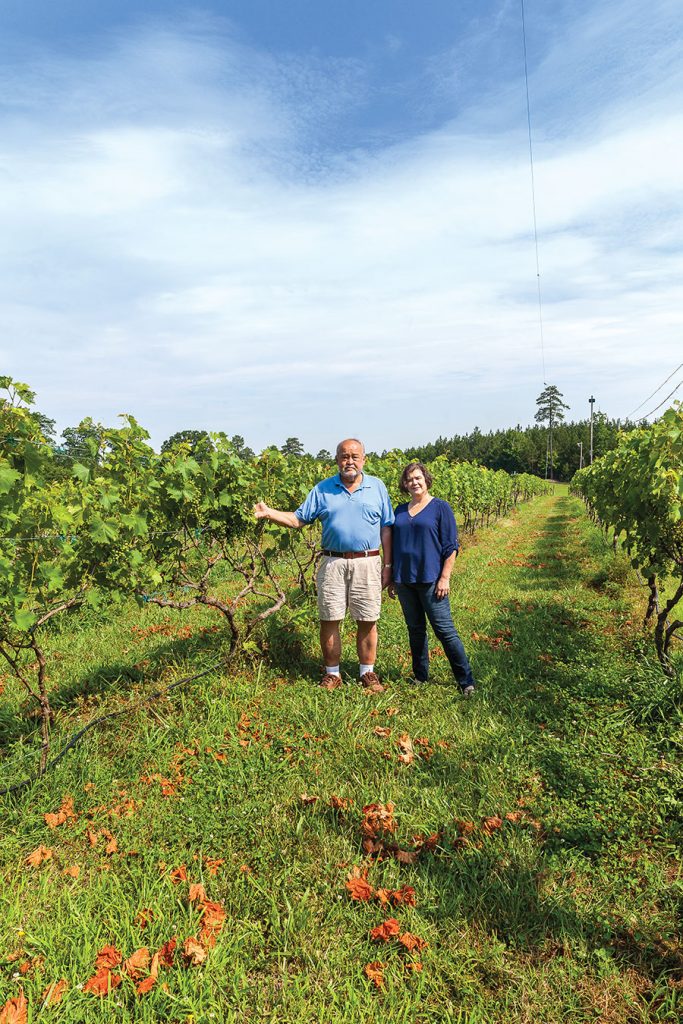 Ronnie and Denise Williams
Ronnie and Denise Williams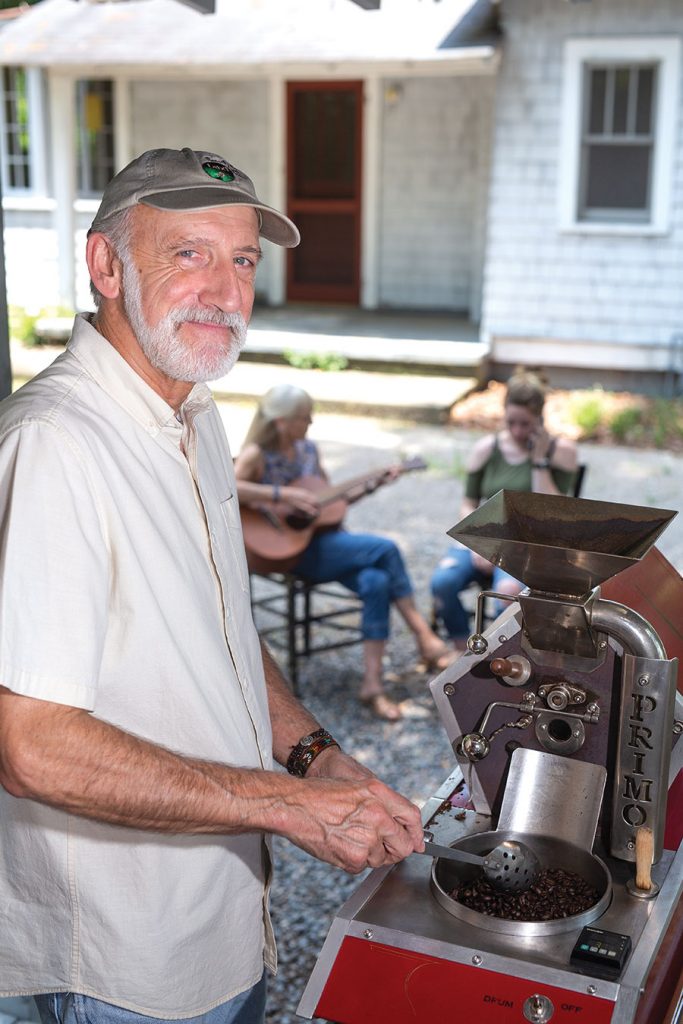 Rich Angstreich
Rich Angstreich




